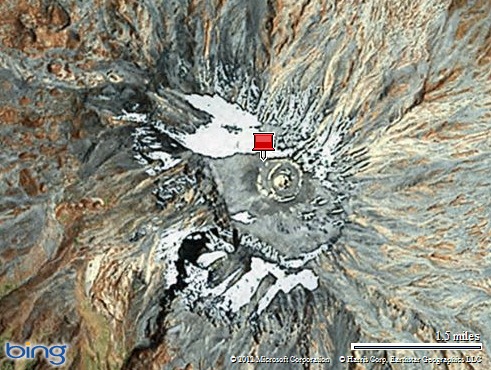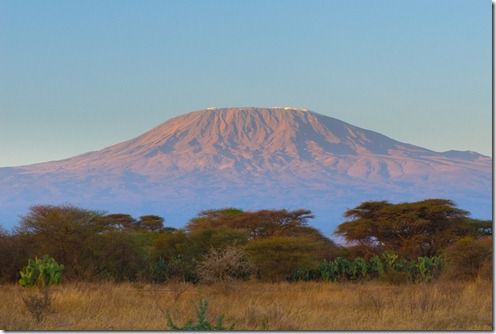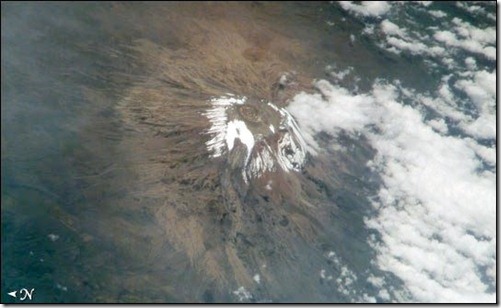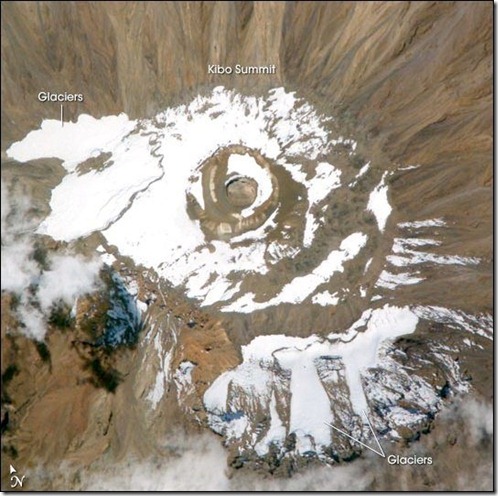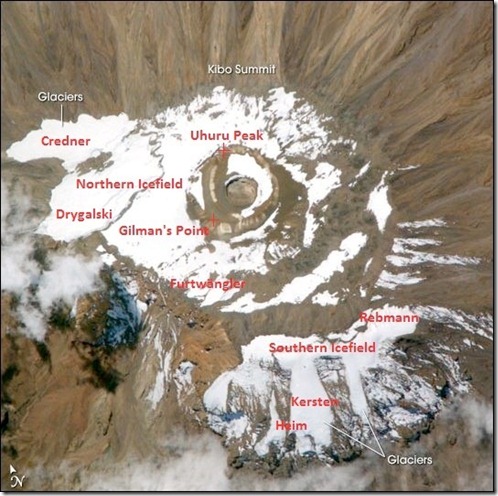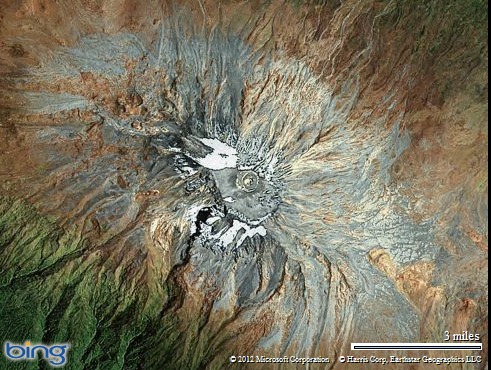 The Kilimanjaro sign is featured in my book Kilimanjaro: One Man’s Quest to Go Over the Hill, which chronicles my attempt to summit Mount Kilimanjaro, the highest mountain in Africa. The book is on sale now as an e-book for $3.99 and in paperback for $9.99 from Amazon and other booksellers.
The Kilimanjaro sign is featured in my book Kilimanjaro: One Man’s Quest to Go Over the Hill, which chronicles my attempt to summit Mount Kilimanjaro, the highest mountain in Africa. The book is on sale now as an e-book for $3.99 and in paperback for $9.99 from Amazon and other booksellers.
The Kilimanjaro Sign. It’s what every climber tries to reach when they attempt to summit Mount Kilimanjaro in Tanzania. Not only does it make a great photo op, it symbolizes achievement. They did it. They made it to the top of Kilimanjaro!
Until recently, the summit was marked by an iconic wooden sign with yellow lettering, covered with stickers left behind by climbers who wanted to leave their mark.
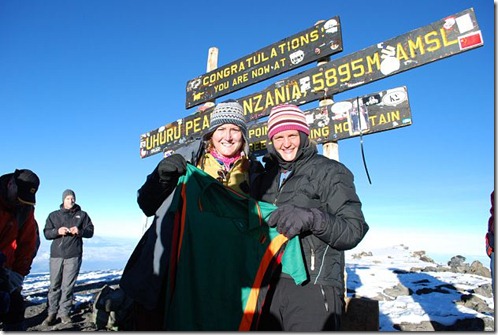
The old Kilimanjaro Sign was more than a marker erected by the Tanzanian government on the top of Uhuru Peak, the highest point on Kilimanjaro. To many, it symbolized that they had beaten the odds and achieved something remarkable – standing on the rooftop of Africa. Thousands of photos of climbers next to the sign adorn desks or hang on walls around the world. Thousands more dream of taking their own photo with it.
The wooden sign, in English, read:
CONGRATULATIONS
YOU ARE NOW AT
UHURU PEAK TANZANIA 5895 M A.M.S.L.
AFRICA’S HIGHEST POINT
WORLD’S HIGHEST FREE STANDING MOUNTAIN
A fourth plank on the sign that read “One of World’s Largest Volcanoes. Welcome” disappeared by 2010. A box containing a logbook next to the sign vanished by 2007.
At 5,895 meters (19,341 feet) above mean sea level (AMSL), Mount Kilimanjaro bears many distinctions. Among them:
- It is the highest mountain on the continent of Africa and in the country of Tanzania.
- It is fourth highest of the Seven Summits, the highest mountain on each of the world’s seven continents.
- It is one of the world’s largest volcanoes, active or extinct.
- It is arguably the highest mountain you can climb without technical gear.
- It is arguably the highest free-standing mountain on Earth. Some say that Mauna Loa in Hawai’i is the highest based on its height from the ocean floor, although that is subject to debate. Of course, none compare to the volcano Olympus Mons on Mars, which, at more than 22,000 meters (72,000 feet), is three times higher than Mount Everest.
The old Kilimanjaro Sign listed all of these records. But now the iconic wooden sign is gone!
The New Kilimanjaro Sign replaced the old one at the summit in January 2012. The metal sign is bright green with yellow lettering. Reports suggest that the new sign was erected to commemorate Tanzania’s 50th birthday. (Then-Tanganika declared independence from Great Britain on December 9, 1961. The island of Zanzibar, which became independent in 1963, united with Tanganika to form Tanzania on April 26, 1964.)
What do you think of the New Kilimanjaro Sign? Will it replace the old one as an enduring symbol of Kilimanjaro in the hearts and minds of those who have reached the summit or long to climb it? Only time will tell.
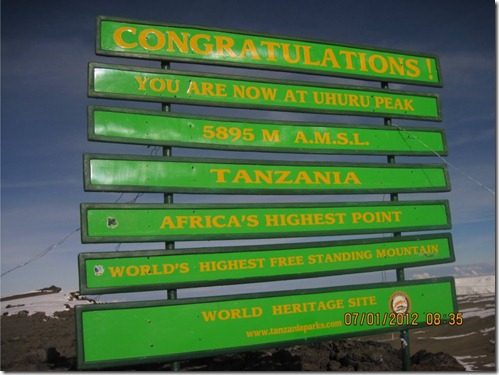
More About Mount Kilimanjaro:
Click here to learn more about the book Kilimanjaro: One Man’s Quest to Go Over the Hill about the author’s attempt to summit Mount Kilimanjaro, Africa’s highest mountain.
Click here to learn about the fauna and flora on Mount Kilimanjaro.
Click here to read about the dedicated guides, porters, and cooks who work on Mount Kilimanjaro.
Click here to read about the vanishing glaciers on Mount Kilimanjaro.
Click here to read about The Snows of Kilimanjaro, the 1936 semi-autobiographical short story by Ernest Hemingway, the 1952 film, and the main character, Harry Street.
M.G. Edwards is a writer of books and stories in the mystery, thriller and science fiction-fantasy genres. He also writes travel adventures. He recently published a collection of short stories called Real Dreams: Thirty Years of Short Stories available as an ebook and in print on Amazon.com. His upcoming book, Kilimanjaro: One Man’s Quest to Go Over the Hill, will be available in March 2012. He lives in Bangkok, Thailand with his wife Jing and son Alex.
For more books or stories by M.G. Edwards, visit his web site at www.mgedwards.com or his blog, World Adventurers. Contact him at me@mgedwards.com, on Facebook, on Google+, or @m_g_edwards on Twitter.
Copyright note: Photo of the new Kilimanjaro sign courtesy of Pendaely Lauwo, Zephyr Adventures guide.






